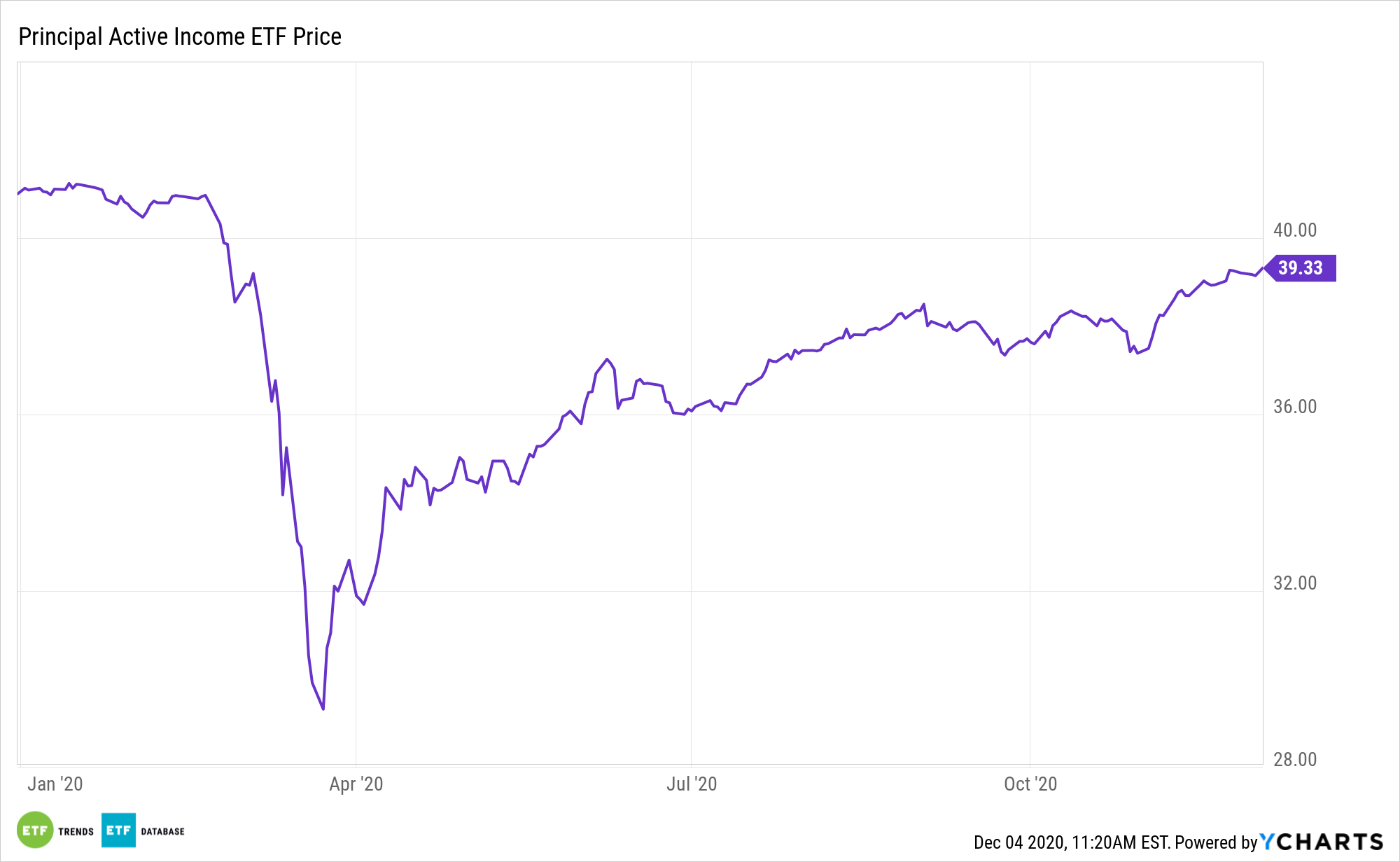Rock-bottom interest rates are forcing advisors and investors to pull income from sources beyond the usual places. One idea is multi-asset exchange traded funds, such as the Principal Active Income ETF (YLD).
YLD is an actively managed fund that seeks to achieve its investment objective by investing its assets in investment grade and non-investment grade fixed income securities and in equity securities. The fund’s Sub-Advisors, actively and tactically allocate the fund’s assets among fixed income securities and equity securities in an effort to take advantage of changing economic conditions that the Advisor believes favors one asset class over another.

With income becoming harder to generate via traditional sources, advisors may want to consider a multi-asset approach to bolster equity and fixed income portfolios.
More on the YLD ETF
Low yields and coronavirus fears are certainly presenting a formidable roadblock when it comes to fixed income investors, but there are still some strong income-generating opportunities available.
“Given the scarcity of income from high-quality bonds, investors may understandably cast a wandering eye toward the seeming oasis offered by multi-asset income funds,” according to Morningstar. “These allocation funds combine multiple income-producing asset classes, like dividend-paying stocks, REITs, high-yield bonds, and emerging-markets debt, to generate above-average income.”
YLD’s status as an actively managed fund is advantageous for investors looking to avoid some of the pitfalls associated with passively managed multi-asset ETFs.
“The average multi-asset income fund in the category has yields just over 4%, almost 2 full percentage points more than a straightforward 40/60 portfolio of U.S. stocks and bonds and almost 1.5 percentage point more than the average core and core-plus bond fund,” notes Morningstar. “Multisector bond funds, which have similar allocations as multi-asset income funds with the exception of stocks, comes the closest with an average 12-month yield of 3.75%. The additional income from these multi-asset income funds doesn’t come without additional risk, though.”
YLD assets are allocated across various income-producing asset classes to optimize portfolio stability, efficient growth, and income with a defensive quality bias. The ETF’s corporate bond exposure could prove particularly useful in the current market climate.
For more on multi-factor strategies, visit our Multi-Factor Channel.
The opinions and forecasts expressed herein are solely those of Tom Lydon, and may not actually come to pass. Information on this site should not be used or construed as an offer to sell, a solicitation of an offer to buy, or a recommendation for any product.

